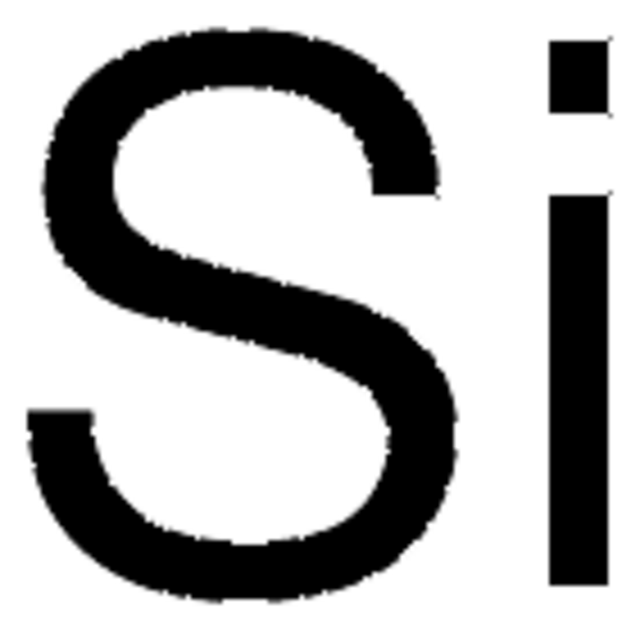431354
Ammonium thiocyanate
99.99% trace metals basis
Synonym(s):
Ammonium rhodanide
About This Item
Recommended Products
grade
for inorganic trace analysis
Assay
99.99% trace metals basis
form
crystals
impurities
≤0.004 meq/g I2 consumers
≤0.005% insolubles
ign. residue
≤0.025%
pH
4.5-6.0
mp
152-154 °C (lit.)
solubility
water: 76.1 g/L at 20 °C
anion traces
chloride (Cl-): ≤0.005%
sulfate (SO42-): ≤0.005%
cation traces
Fe: ≤3 ppm
heavy metals: ≤5 ppm
SMILES string
N.SC#N
InChI
1S/CHNS.H3N/c2-1-3;/h3H;1H3
InChI key
SOIFLUNRINLCBN-UHFFFAOYSA-N
Looking for similar products? Visit Product Comparison Guide
General description
Application
- Graphitic carbon nitride.
- Three-dimensional nitrogen and sulfur co-doped graphene frameworks (N/S-GFs).
- Substituted 2-aminothiazole derivatives by reacting with α-halo ketone carbonyls in the presence of N-methylimidazole.
- Thiiranes from corresponding oxiranes in the presence of LiBF4.
- 1,2,4-triazole-3-thiones by a multi-component reaction with benzohydrazide acid and acid chloride in the absence of solvent.
Features and Benefits
Signal Word
Danger
Hazard Statements
Precautionary Statements
Hazard Classifications
Acute Tox. 4 Dermal - Acute Tox. 4 Inhalation - Acute Tox. 4 Oral - Aquatic Chronic 3 - Eye Dam. 1
Supplementary Hazards
Storage Class Code
13 - Non Combustible Solids
WGK
WGK 1
Flash Point(F)
Not applicable
Flash Point(C)
Not applicable
Certificates of Analysis (COA)
Search for Certificates of Analysis (COA) by entering the products Lot/Batch Number. Lot and Batch Numbers can be found on a product’s label following the words ‘Lot’ or ‘Batch’.
Already Own This Product?
Find documentation for the products that you have recently purchased in the Document Library.
Customers Also Viewed
Our team of scientists has experience in all areas of research including Life Science, Material Science, Chemical Synthesis, Chromatography, Analytical and many others.
Contact Technical Service








